Special report: The new history of autism
Recent articles
Featured articles
The new history of autism, part I
For decades, two figures have dominated the history of autism studies. Today, newly excavated documents are calling into question the primacy of these men as founders of the field.
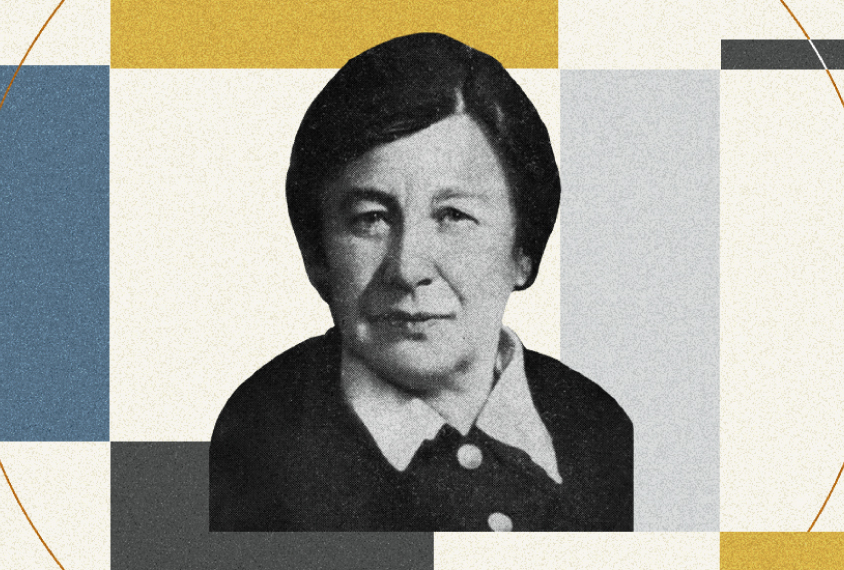
The new history of autism, part I
For decades, two figures have dominated the history of autism studies. Today, newly excavated documents are calling into question the primacy of these men as founders of the field.
The new history of autism, part II
For decades, two figures have dominated the history of autism studies. Today, newly excavated documents are calling into question the primacy of these men as founders of the field.
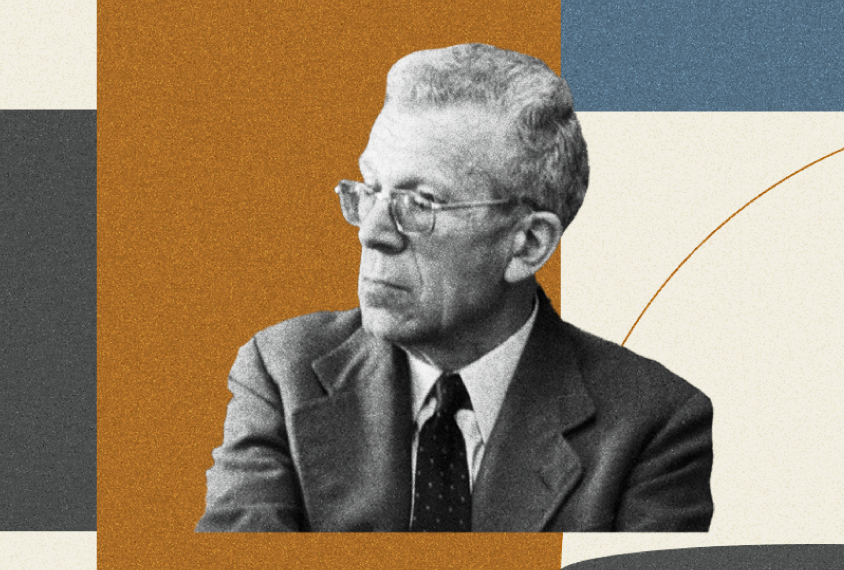
The new history of autism, part II
For decades, two figures have dominated the history of autism studies. Today, newly excavated documents are calling into question the primacy of these men as founders of the field.
The new history of autism, part III
For decades, two figures have dominated the history of autism studies. Today, newly excavated documents are calling into question the primacy of these men as founders of the field.
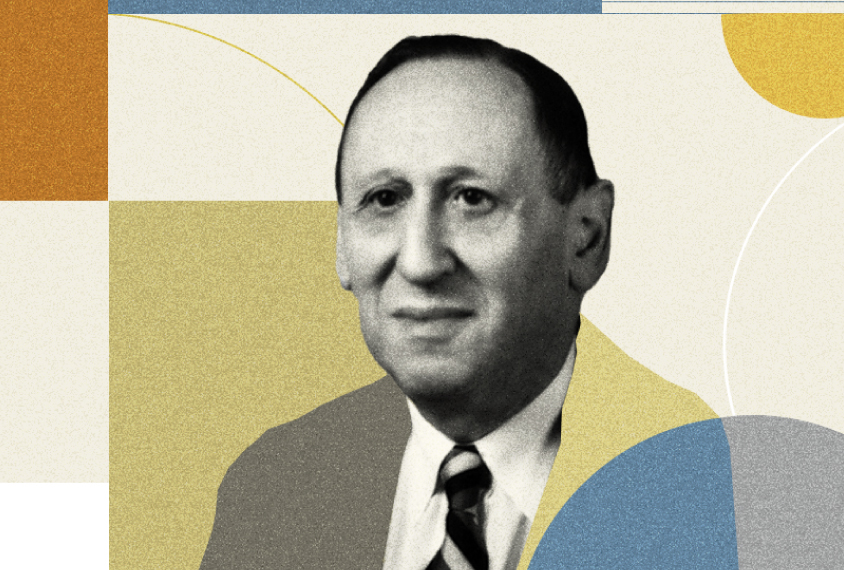
The new history of autism, part III
For decades, two figures have dominated the history of autism studies. Today, newly excavated documents are calling into question the primacy of these men as founders of the field.
From the archives: Rare photos of Grunya Sukhareva
Recently uncovered images show the famous Soviet child psychologist in the clinic and training colleagues.
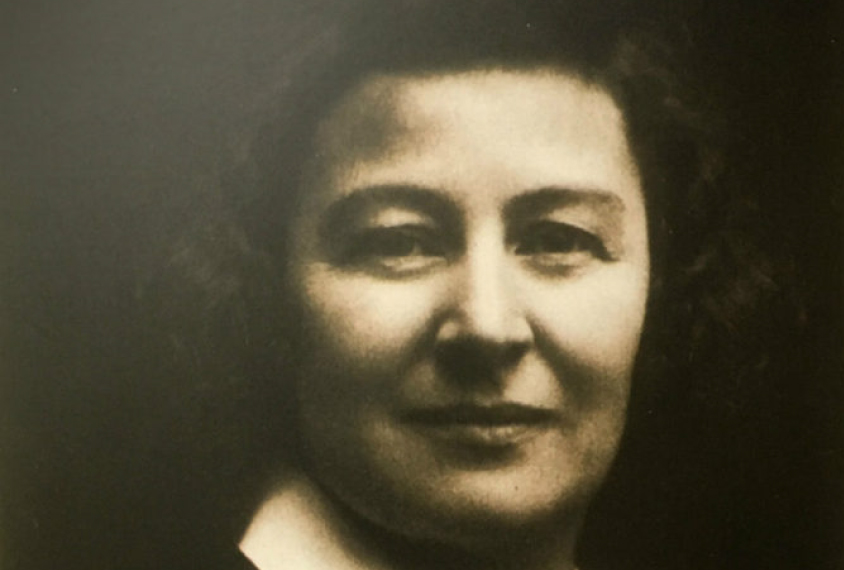
From the archives: Rare photos of Grunya Sukhareva
Recently uncovered images show the famous Soviet child psychologist in the clinic and training colleagues.
Writing a ‘new history of autism’
Spectrum talks with David Dobbs about researching his latest article, and what he found.
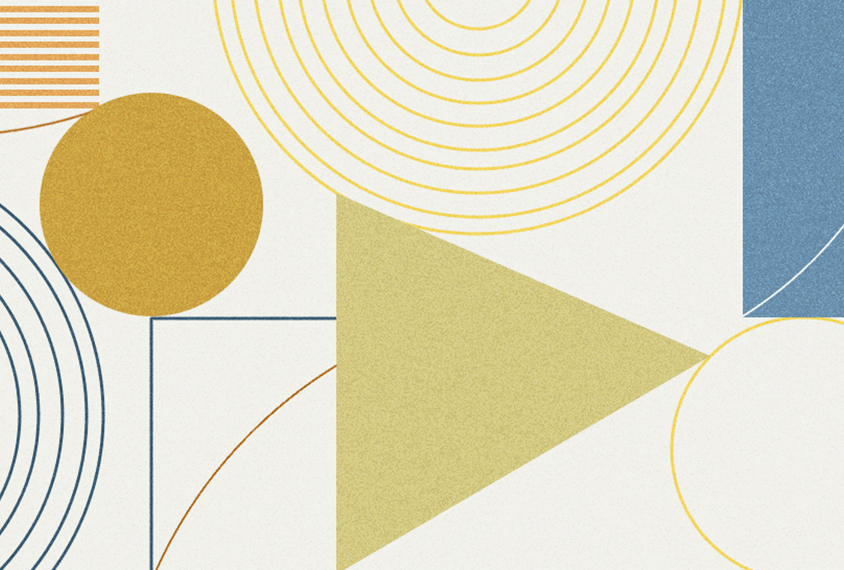
Writing a ‘new history of autism’
Spectrum talks with David Dobbs about researching his latest article, and what he found.
From the archives
How history forgot the woman who defined autism
Grunya Sukhareva characterized autism nearly two decades before Austrian doctors Leo Kanner and Hans Asperger. So why did the latter get all the credit?
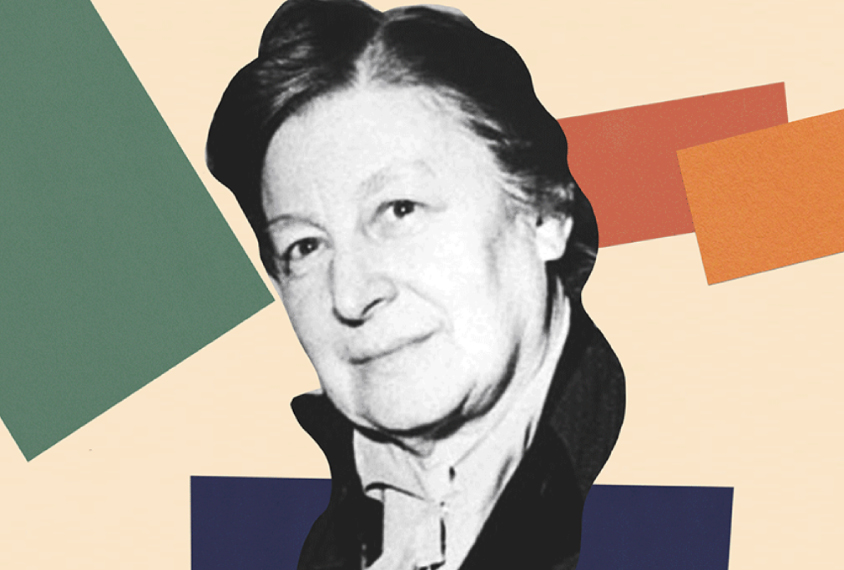
How history forgot the woman who defined autism
Grunya Sukhareva characterized autism nearly two decades before Austrian doctors Leo Kanner and Hans Asperger. So why did the latter get all the credit?
New evidence ties Hans Asperger to Nazi eugenics program
The Austrian doctor Hans Asperger cooperated extensively with the Nazi regime and may have sent dozens of children to their deaths.
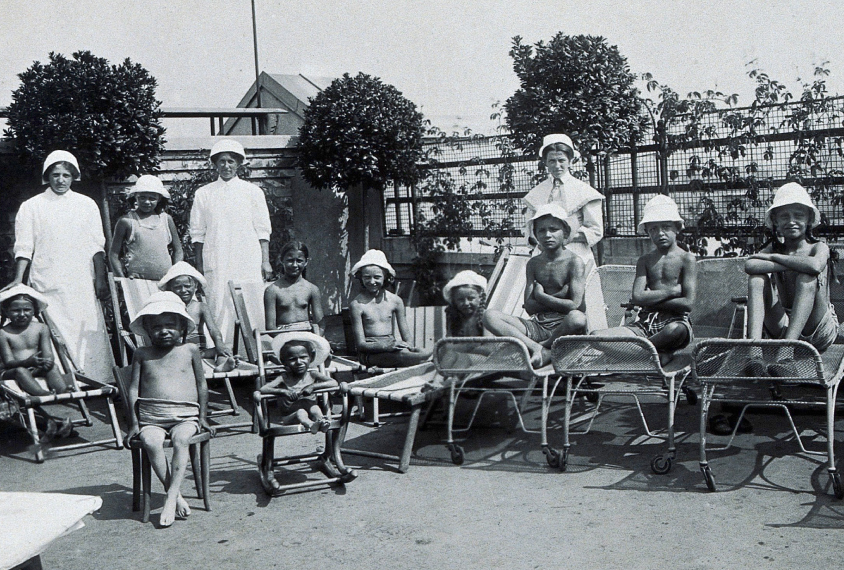
New evidence ties Hans Asperger to Nazi eugenics program
The Austrian doctor Hans Asperger cooperated extensively with the Nazi regime and may have sent dozens of children to their deaths.
How the loss of Asperger syndrome has lasting repercussions
Some people who have lost the diagnosis of Asperger syndrome say they feel a loss of identity and worry about a loss of services.
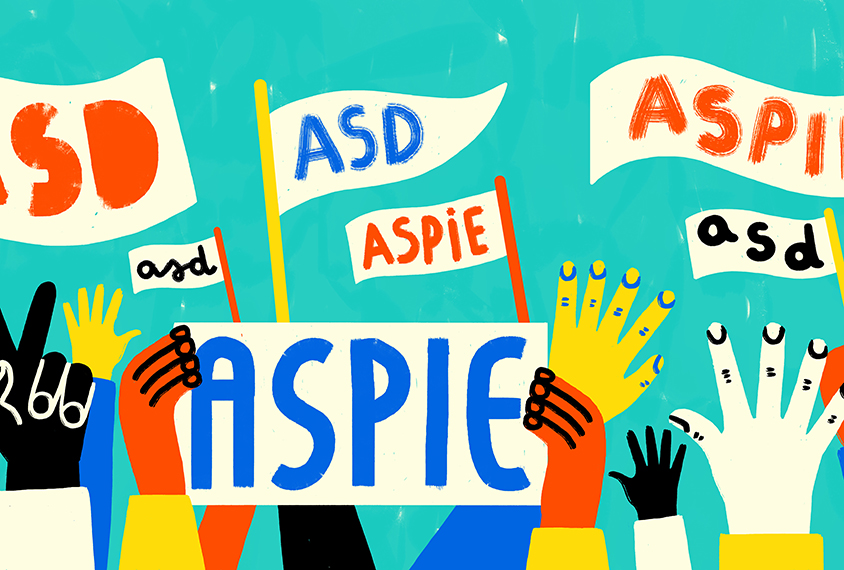
How the loss of Asperger syndrome has lasting repercussions
Some people who have lost the diagnosis of Asperger syndrome say they feel a loss of identity and worry about a loss of services.
Leo Kanner’s 1943 paper on autism
Donald T. was not like other 5-year-old boys. Leo Kanner knew that the moment he read the 33-page letter from Donaldʼs father that described the boy in obsessive detail as “happiest when he was alone... drawing into a shell and living within himself... oblivious to everything around him.”

Leo Kanner’s 1943 paper on autism
Donald T. was not like other 5-year-old boys. Leo Kanner knew that the moment he read the 33-page letter from Donaldʼs father that described the boy in obsessive detail as “happiest when he was alone... drawing into a shell and living within himself... oblivious to everything around him.”
Explore more from The Transmitter
Snoozing dragons stir up ancient evidence of sleep’s dual nature
Deep-sleep cycling between brain waves of higher and lower amplitude dates far back on the evolutionary tree, according to a new comparative study of mammals and reptiles.
Snoozing dragons stir up ancient evidence of sleep’s dual nature
Deep-sleep cycling between brain waves of higher and lower amplitude dates far back on the evolutionary tree, according to a new comparative study of mammals and reptiles.
The Transmitter’s most-read neuroscience book excerpts of 2025
Books by Nachum Ulanovsky, Nicole Rust, and Andrew Iwaniuk and Georg Striedter made the list of some of the year's most engaging neuroscience titles.

The Transmitter’s most-read neuroscience book excerpts of 2025
Books by Nachum Ulanovsky, Nicole Rust, and Andrew Iwaniuk and Georg Striedter made the list of some of the year's most engaging neuroscience titles.
Neuroscience’s leaders, legacies and rising stars of 2025
Here are seven stories from the past year about some of the field’s most engaging figures.

Neuroscience’s leaders, legacies and rising stars of 2025
Here are seven stories from the past year about some of the field’s most engaging figures.